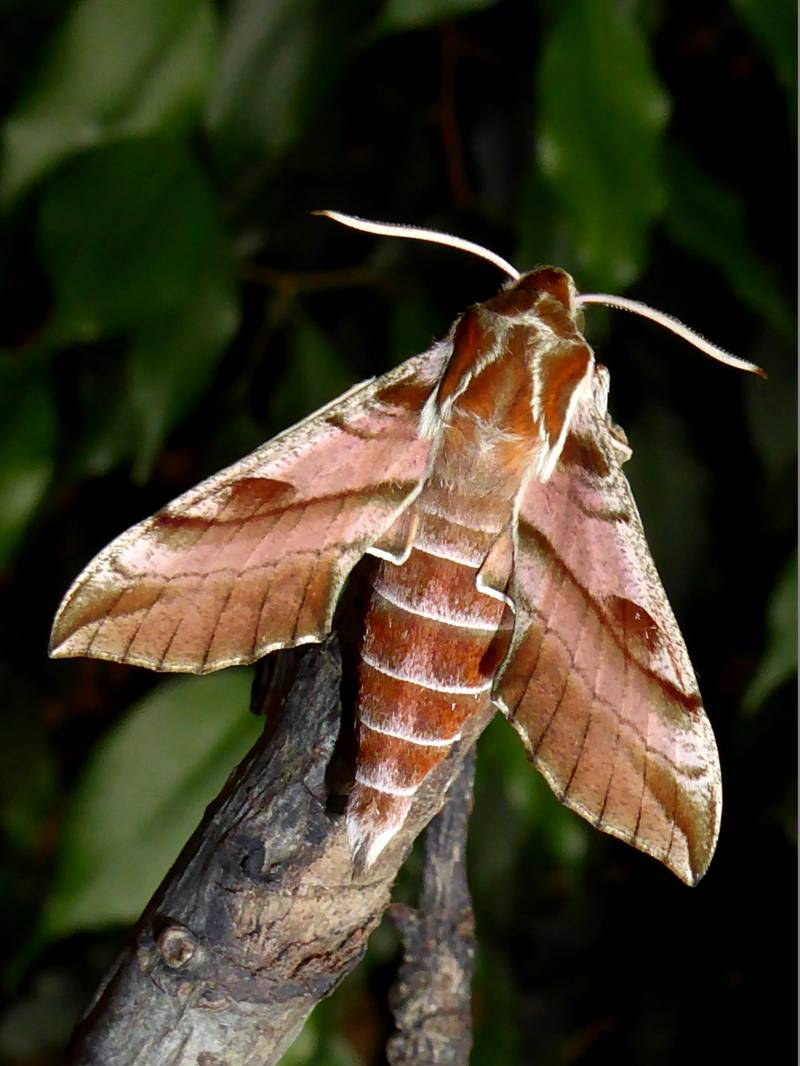About the Sphingidae

The Hawk moths (Sphingidae) represent the second largest family within the Bombycoidea. Currently, 1602 species are recognized within 205 genera.
These are robust moths and strong flyers. Several species are migrants which can fly hundreds of kilometers outside their core distribution.
Probably the best known member of this family is the Death's-head hawk moth (Acherontia atropos) from the Old World, in popular culture and movies often associated with evil and the supernatural (nonsens of course).
Contrary to the other Bombycoidea families, numerous Sphingidae moths need to feed on nectar and/or honey. Not all though. Members of the Smerinthini do no feed as adults.
Rearing Sphingidae
It's the kiddy league ... Many species in this family are so easy to rear that it becomes boring. It probably explains why so many of them are seasonably abundant. Still, it's a large family and there definitely are species more challenging. This often has something to do with the food plants. Most species only accept a small number of plants. Because of that, things can quickly become more problematic. Especially when they feed on plants that are not available in Europe. Alternatives can get you only so far. The more you resemble a walking plant encyclopedia the better your chances of success. Related plants can (sometimes) work as a substitute.
Many hawk moth species have a fast life cycle and produce (under warm circumstances) two or more flights per year.
Good species to start with when you're new to rearing hawk moths are members of the Deilephila genus, Acherontia atropos, Daphnis nerii and of course the Smerinthus species (if you don't mind having an unattractive green caterpillar).
